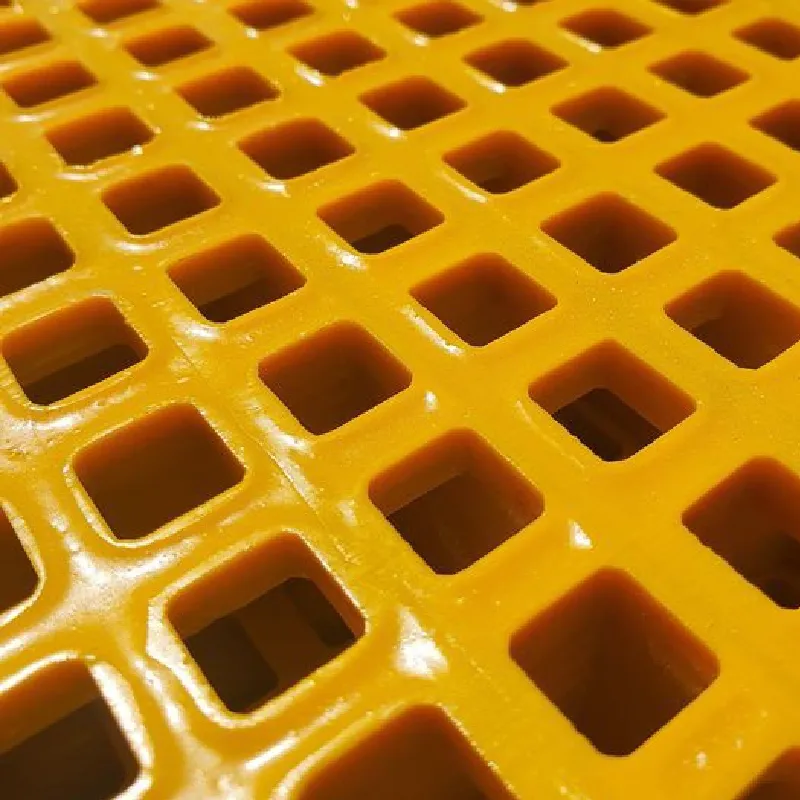loading...
- No. 9, Xingyuan South Street, Dongwaihuan Road, Zaoqiang County, Hengshui, Hebei, China
- admin@zjcomposites.com
- +86 15097380338
- Welcome to visit our website!
Affordable Fiberglass Rebar Cost – Durable & Lightweight Reinforcement Solutions
Understanding the Cost of Fiberglass Rebar
In the world of construction and engineering, the materials selected for a project often dictate its durability, performance, and ultimately, its cost. One such innovative material that has gained popularity in recent years is fiberglass rebar, a composite alternative to traditional steel rebar. As with any material choice, understanding the cost implications of fiberglass rebar is essential for making informed decisions in construction projects.
What is Fiberglass Rebar?
Fiberglass rebar, often referred to as GFRP (Glass Fiber Reinforced Polymer) rebar, is made from a combination of fiberglass and resin. This composite material offers numerous advantages over conventional steel rebar, including resistance to corrosion, lightweight properties, and a high tensile strength-to-weight ratio. These benefits often translate to lower maintenance costs and extended service life, making fiberglass rebar an attractive option for various applications, particularly in environments prone to moisture or chemicals.
Factors Influencing Fiberglass Rebar Costs
When considering the cost of fiberglass rebar, several factors come into play
1. Material Composition The specific type and quality of fiberglass used can significantly affect the price. Higher quality materials cost more but may offer better performance and durability.
2. Manufacturing Process The technique used to manufacture fiberglass rebar also influences its cost. Advanced manufacturing processes may require more sophisticated technology and labor, reflecting in the overall price.
fiberglass rebar cost

3. Market Demand Like any commodity, the price of fiberglass rebar can fluctuate based on market demand. An increase in construction projects that benefit from corrosion resistance can lead to higher prices.
4. Length and Diameter Fiberglass rebar comes in various lengths and diameters, which can affect the cost. Customized sizes may also incur additional expenses for manufacturing and transportation.
5. Transportation Costs Since fiberglass rebar is often sourced from specialized manufacturers, transportation costs can also impact the overall price. This includes shipping fees and any potential tariffs or duties if imported.
Cost Comparison Fiberglass vs. Steel Rebar
When comparing fiberglass rebar to traditional steel rebar, it's essential to look beyond the initial purchase price. While fiberglass rebar may have a higher upfront cost, especially in terms of material price per pound, it can lead to substantial savings in the long run. For instance, the corrosion resistance of fiberglass means reduced maintenance and repair costs over time, particularly in aggressive environments where steel would degrade quickly.
Additionally, the lightweight nature of fiberglass rebar can lead to savings in labor costs. Since it is easier to handle and transport, less manpower may be required for installation, and less heavy equipment may be needed.
Conclusion
In summary, the cost of fiberglass rebar is influenced by various factors ranging from material quality to market dynamics. While it may present a higher initial investment compared to steel rebar, the long-term benefits associated with durability, maintenance savings, and ease of use make it a compelling choice for many construction projects. As the industry continues to evolve, understanding these cost dynamics will be crucial for engineers, contractors, and project managers as they seek to optimize their budgets while delivering durable, high-quality infrastructure. Investing time to evaluate these aspects can lead to more informed decisions and ultimately, successful project outcomes.
-
GRP Structures: The Future of Lightweight, High-Performance EngineeringNewsJun.20,2025
-
FRP Water Tank: High-Performance Storage for Corrosive and Clean Water SystemsNewsJun.20,2025
-
FRP Square Tube: The New Industry Standard for Chemical and Structural ApplicationsNewsJun.20,2025
-
FRP Pultruded Profiles: The Ultimate Choice for Lightweight Structural StrengthNewsJun.20,2025
-
FRP Handrails: The Safer, Smarter, and Stronger Choice for Modern InfrastructureNewsJun.20,2025
-
FRP Grating: The Smart Solution for Durable, Lightweight Industrial FlooringNewsJun.20,2025
-
Why Choose a Galvanized Water Tank for Your Storage NeedsNewsMay.21,2025
